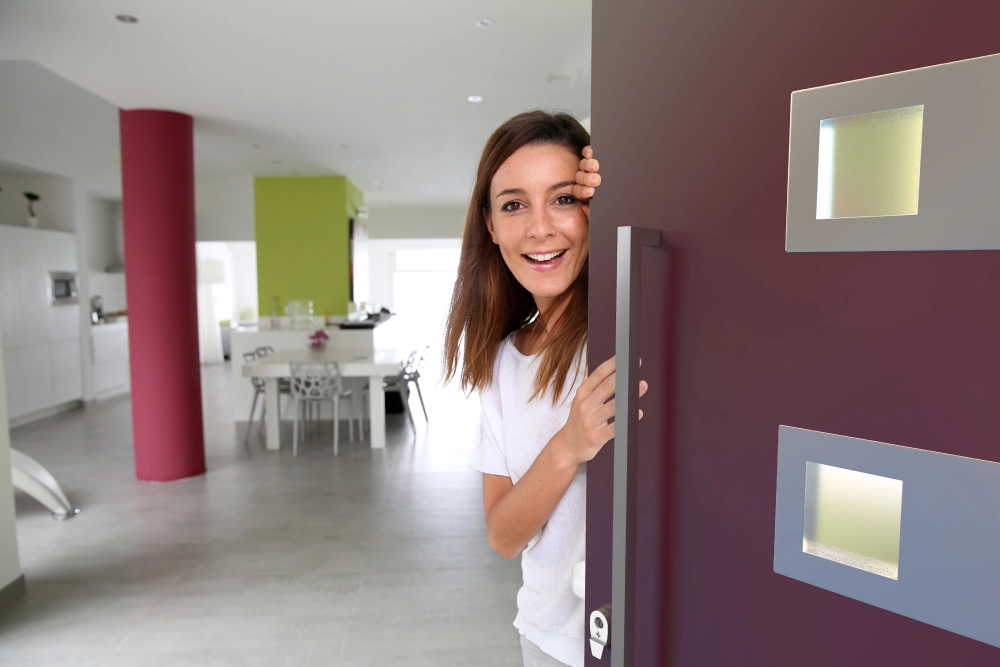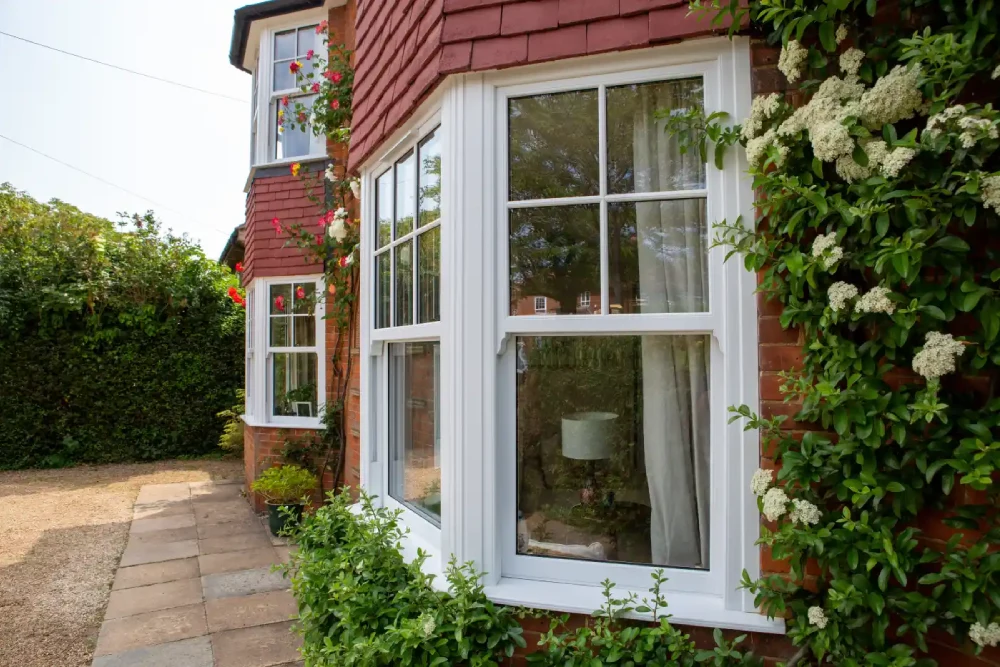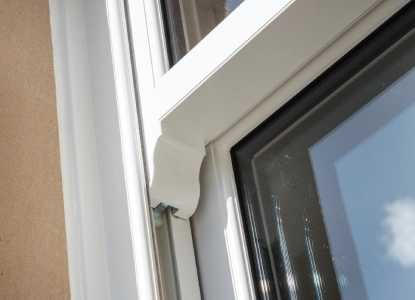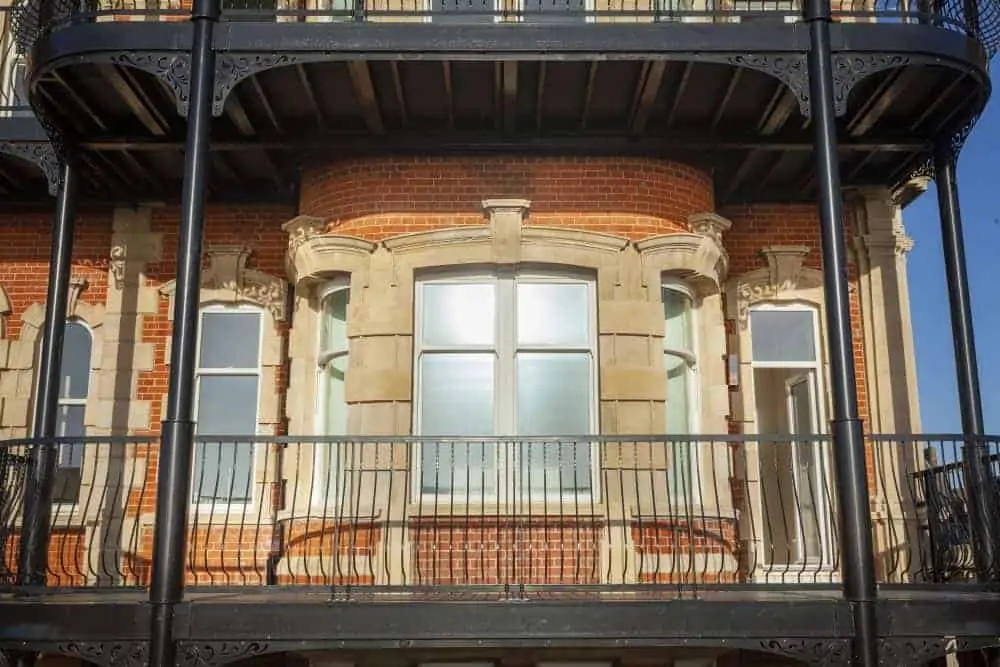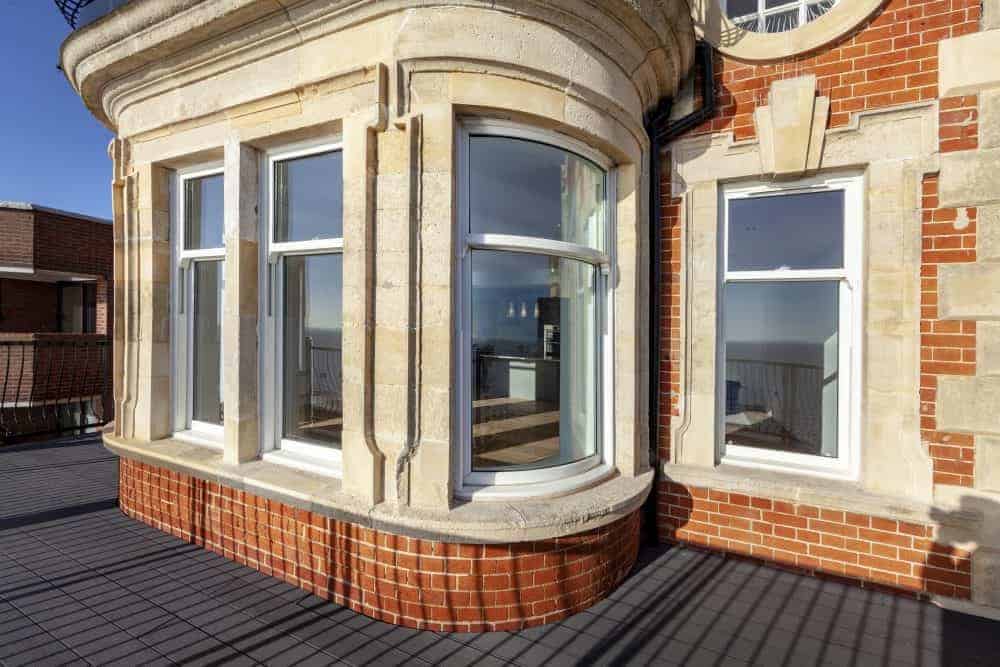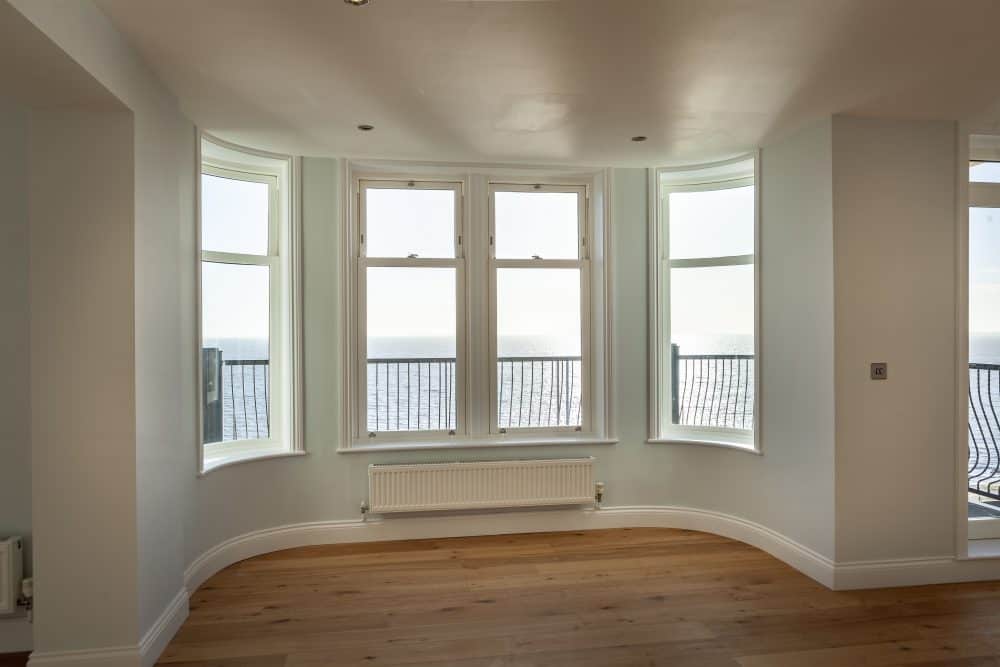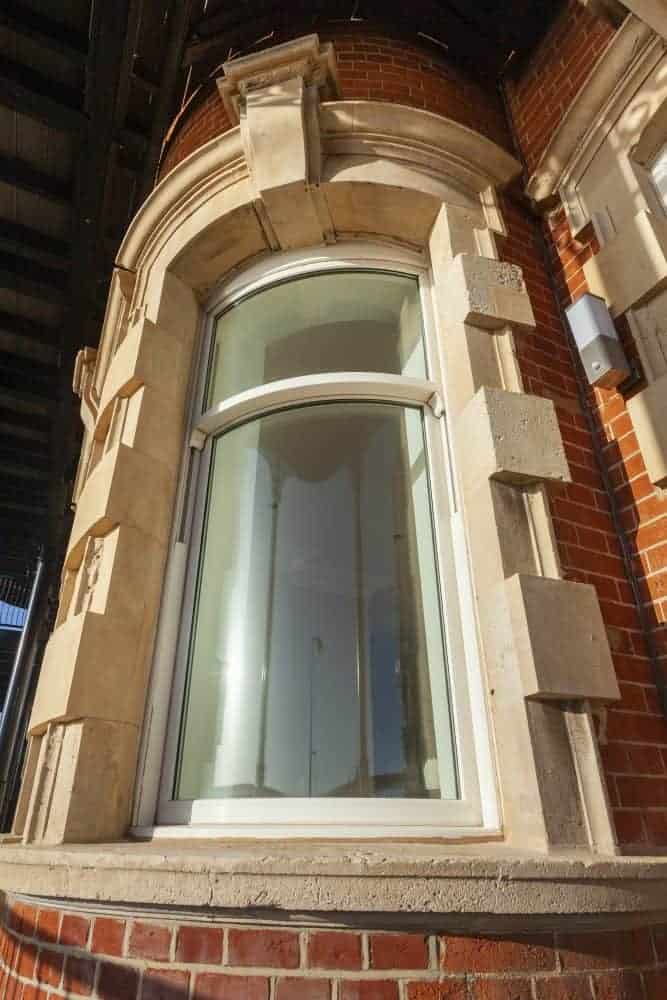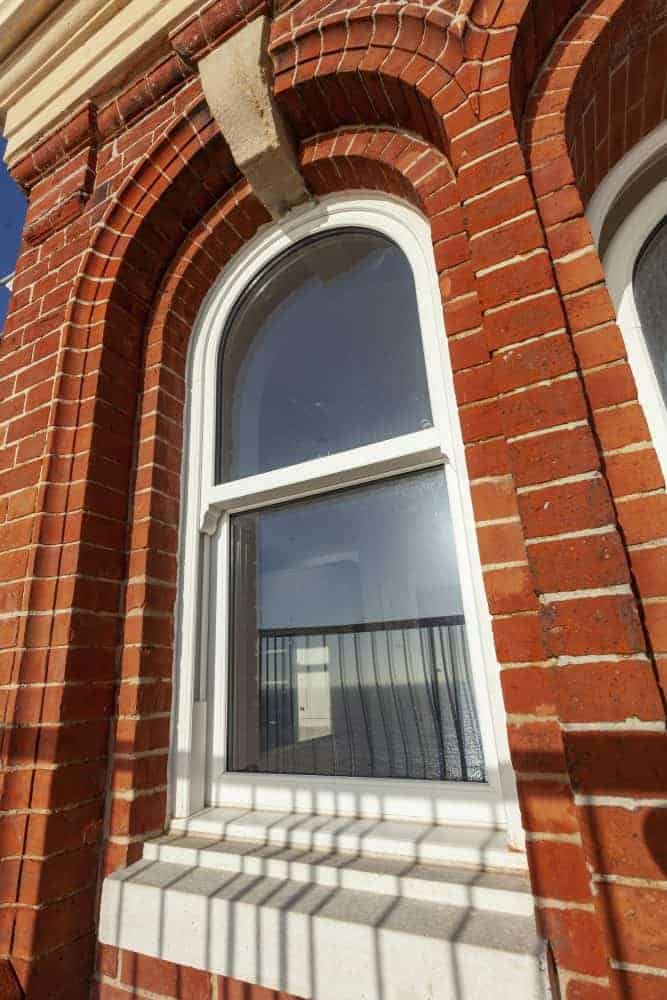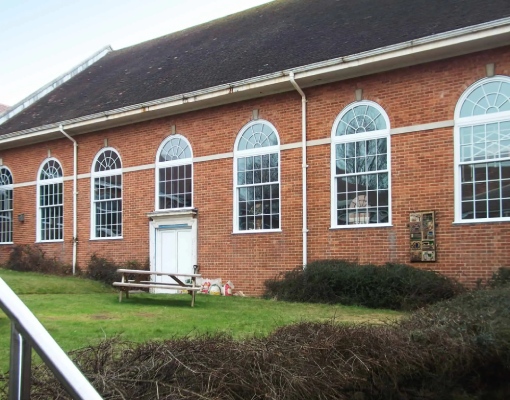The Role of Glazing in Green Building Design
A staggering 40% of global energy consumption is currently used in the built trade, more than in the agricultural and food sector – at around 30% – and, according to some figures, roughly equivalent to the amount used by the world’s militaries.
Suffice to say, then, that construction will play a major role in accomplishing our 2050 target of reaching Net Zero – and, when we look at the industry today, we see one in a period of innovation and progress, busy tackling the twin issues of the climate crisis and an ever-growing population.
Glazing is at the forefront of this change and from the production of the raw materials to the installation of the eventual products in our homes, we are constantly finding ways to improve performance and reduce the industry’s negative ecological impact. Here’s just some of the ways in which glazing is contributing to this global effort.
Eco Architecture: Mutualism in Practice
The word efficiency has multiple uses. In business, it has historically been synonymous with increasing productivity while cutting costs; in today’s climate-conscious world, the cost part of that association has been widened to include the cost to our lived environment.
So, these days, when we talk of a thing’s efficiency, we think of the materials we use and the practices that have gone into their production; the energy needed to create and transport these materials; their life-cycle; and the impact that our choice of location will have on the environment.
In an ecological sense, the benefits of utilising green building techniques hardly needs explaining, but it would be a mistake to think of the choice purely along these lines: properties designed with lower-impact practices will have smaller maintenance outgoings and tend to have a higher asset value, making them a sensible investment too.
Windows in a Green World
Before we look at the component parts of a window and how they fit in to this shift towards Net Zero, we should look at the units themselves and how central they are to the energy efficiency of our homes.
All told, it’s a widely-documented fact that up to 30% of a home’s energy loss is due to the heat that escapes through its windows. In emissions, this loss of energy from windows translates to nearly a gigatonne of CO2 released into the atmosphere each year globally – not far off the total emissions from the aviation industry.
So, without taking into consideration the industrial practices and materials that contribute to the production of your windows, an upgrade to your glazing will automatically benefit mother Earth just by being there.
Glaze Anatomy: Component Breakdown
Taken as a whole, it’s easy to see why the simple act of installing modern glazing systems can benefit you and your ecological footprint, but when we take a closer look at the individual parts that make up a window unit, the case just gets stronger. From improved industrial processes to more conscientious use of materials, every aspect is tweaked and experimented with in order to keep pace with our evolving practical needs and aesthetic tastes.
The industry is changing so quickly that it can be hard to keep up, but no fear, we’ve compiled a list of some of the more notable areas of innovation of recent years. Let’s take a look.
Glass
For a material that has been around for 4,000 years, it’s quite incredible that we keep finding ways to improve glass, but improve it we do. Anyone who has lived in a property with vintage, single-paned windows will know just how far the technology in glass production has come – and from the look of it, this progression of perfection isn’t complete yet, either.
In contemporary architecture, one of the most widely used energy-efficient glass types is Low-Emissivity glass, more commonly referred to as Low-E. A special coating is applied to Low-E panes; this coating helps to reduce heat transfer through the glass, thereby stabilising indoor temperatures, which in turn will lessen the load of your energy bills.
Smart glass technology has been around for a while now but recent years have seen a huge increase in demand for it. Its potential to lessen energy consumption and waste is widely reported – and the more we focus on sustainability as a guiding philosophy, the justification for this technology will only increase. It can even be retrofitted to existing windows, making it a lot less daunting than some of the other improvements you could make.
Frames
Window frames vary so much with regards to their ecological credentials primarily because there is so much choice available. They come in different thicknesses, styles and sizes and are made from all sorts of different materials, all of which will affect the unit’s performance.
Advancements in technology have bridged some of the gaps, though. Steel was once seen as an inferior material for window frames due to its low thermal retention, but thanks to the use of thermal breaks, this drop-off isn’t as clear-cut as it once was. On the other hand, aluminium was considered to be the lesser metal because of its strength compared to steel, but again, thanks to modern alloys, aluminium can more than hold its own in the conversation.
Seals
You can have the most expensive, high-tech windows and frames in the world, but if the seal around the unit is leaking air then you won’t be able to properly insulate your home and all that money may not pay off as you’d expected. Draught-free window units are essential for your glazing to work to its optimum level, so be sure to check that all windows are sufficiently sealed.
The Green, Green Glass of Home…
Like any improvement, making our building industry eco-friendly is a process. In the short time that sustainability has been a top priority, it’s amazing to see how much the glazing industry has evolved to meet these needs – and with another quarter of a century to come before we reach our 2050 Net Zero target, there’s plenty of time yet for improvements.
Watch this space.
Cliff House, Felixstowe
VIEW PROJECTFoxhill House, Chester
VIEW PROJECTUniversity of Sussex, Brighton
VIEW PROJECTVarndean College, Brighton
VIEW PROJECTFrom sash windows to aluminium bifold doors, our high-quality products are engineered and manufactured right here in Britain. We work with fellow UK-operated companies, Spectus Window Systems, Smart Systems, and Jack Aluminium Systems, to deliver only the very best to our trade, commercial and residential customers.
How much do French doors cost to install in the UK?
The cost of installing French doors in the UK varies depending on the size, material, and design. At Mercury Glazing, we offer competitive pricing tailored to your specific needs. Please contact us for a personalised quote.
How to fit door handles?
Fitting door handles can be a straightforward process. First, measure and mark the position on the door, drill the necessary holes, then attach the handle with screws. For detailed instructions or professional fitting services, feel free to reach out to us.
What are composite doors made of?
Composite doors are crafted from a combination of materials, including PVC, wood, insulating foam, and GRP (Glass Reinforced Plastic). This blend ensures strength, durability, and thermal efficiency.
What are composite doors?
Composite doors are high-quality doors known for their robustness, energy efficiency, and security. They are an excellent choice for those seeking a durable and aesthetically pleasing option.
Do composite doors fade in the sun?
Our composite doors are designed to resist fading, even under prolonged sun exposure, thanks to their high-quality materials and construction.
How to adjust composite doors?
Adjusting a composite door usually involves aligning the hinges and lock mechanism. If you're experiencing issues, we recommend contacting a professional for assistance to ensure optimal performance and avoid damage.
How to replace patio doors?
Replacing patio doors involves removing the old doors, preparing the opening, and installing the new doors. It's a task best handled by professionals to ensure a perfect fit and functionality.
How much do patio doors cost?
The cost of patio doors varies based on size, material, and design. Contact us at Mercury Glazing for a bespoke quote that matches your specific requirements.
How much are French doors?
The price of French doors depends on the material, size, and design details. We offer a range of options to suit various budgets. Please get in touch for a tailored quote.


